Two-Phase Treatment
Two-phase orthodontic treatment is a specialized process that combines tooth straightening and physical, facial changes. The purpose of two-phase treatment is to maximize the opportunity to accomplish the ideal healthy, functional, and aesthetic result that will remain stable throughout your child’s life.
Putting off treatment can result in a need for more invasive treatment later in life that may not completely fix your child’s smile. Early treatment is most effective for achieving lasting results.
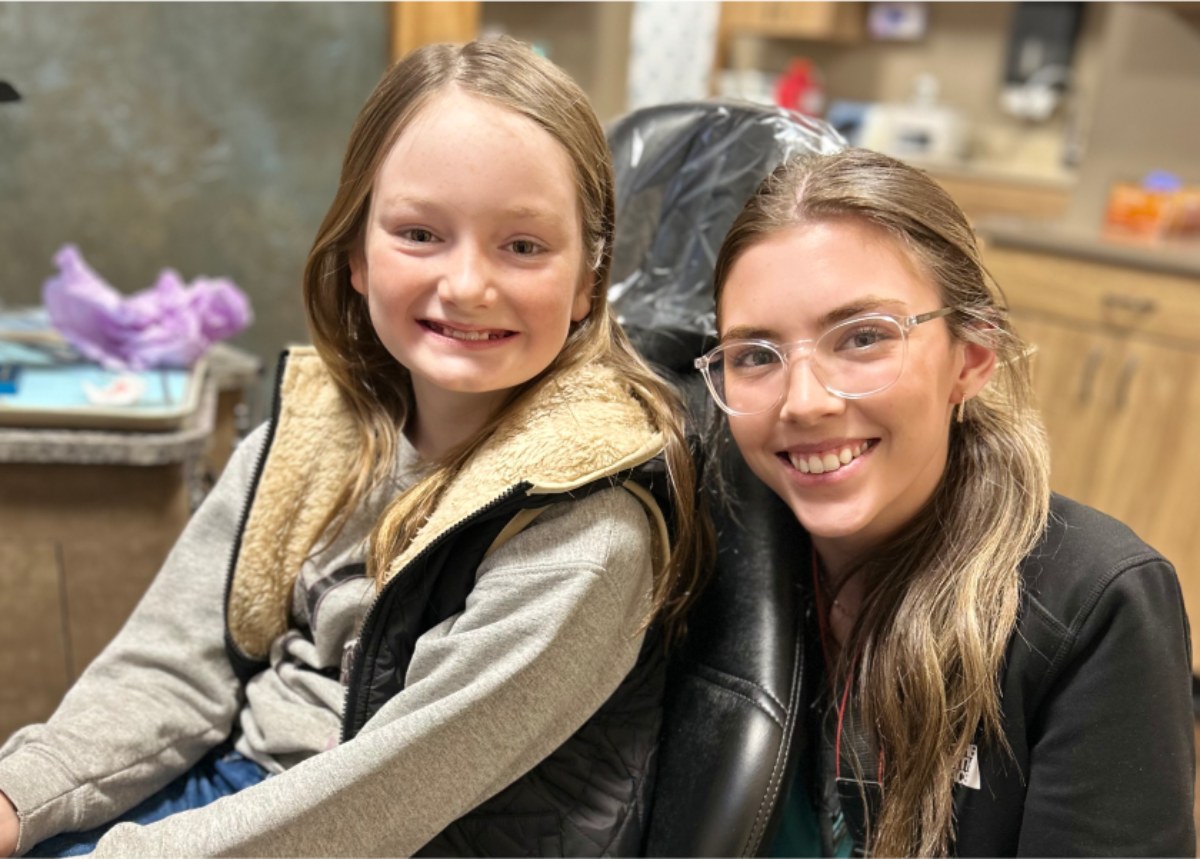
Phase One
The goal of Phase One treatment is to help the jaw develop in a way that will accommodate all of the permanent teeth and improve the way the upper and lower jaws fit together. The early years of smile development often exhibit the beginning signs of jaw problems as they grow and develop. For example, an upper jaw that is growing too much or is too narrow can be recognized at an early age. If children over the age of six are found to have this jaw discrepancy, they are candidates for early orthodontic treatment. Also, if children around the age of eight have crowded front teeth, early treatment can prevent the need for extensive treatment or to extract permanent teeth later.
- Planning Now Can Save Your Child’s Smile Later — Children benefit tremendously from early-phase treatment. Receiving early treatment may prevent the removal of permanent teeth later in life, or the need for surgical procedures to realign the jaws.
- Making Records To Determine Your Child’s Unique Treatment — Orthodontic records will be necessary to determine the type of appliances to be used, the duration of treatment time, and the frequency of visits. Records consist of models of the teeth, X-rays, and photographs. During your child’s initial consultation, we will take records to determine if early treatment is necessary.
Resting Period
In this phase, the remaining permanent teeth are left alone as they erupt. Retaining devices may not be recommended if they would interfere with eruption. It is best to allow the existing permanent teeth some freedom of movement. A successful first phase will have created room for permanent teeth to find an eruption path. Otherwise, they may become impacted or severely displaced.
At the end of the first phase of treatment, teeth are not in their final positions. This will be determined and accomplished in the second phase of treatment. In some cases, selective removal of certain primary (baby) teeth may be in the best interest of enhancing eruption during this resting phase. Therefore, periodic recall appointments for observation are necessary, usually on a six-month basis.
Phase Two
The goal of the second phase is to make sure each tooth has an exact location in the mouth where it is in harmony with the lips, cheeks, tongue, and other teeth. When this equilibrium is established, the teeth will function together properly. Phase Two usually involves full upper and lower braces.
At the beginning of the first phase, orthodontic records were made and a diagnosis and treatment plan was established. Certain types of appliances were used in the first phase to correct and realign the teeth and jaw. The second phase begins when all permanent teeth have erupted, and usually requires braces on all the teeth for an average of 24 months. Retainers are worn after this phase to ensure your child retains his or her beautiful smile.

Limited Treatment
At Cornerstone Orthodontics, we understand that every smile is unique, and so too are the orthodontic needs of our patients. This is why we offer limited treatment options, a targeted approach designed to address specific dental issues without the need for comprehensive orthodontic treatment.
Limited treatment, also known as partial or focused treatment, is typically used to correct minor orthodontic problems that are localized to certain areas of the mouth. These might include slight overcrowding, minor spacing issues, or a single misaligned tooth.
The benefits of limited treatment are numerous. For starters, it’s often quicker than full orthodontic treatment. Because it focuses on a smaller number of teeth, the desired results can often be achieved in less time. This makes it a popular choice for adults and teens who want to improve their smile but are concerned about the duration of comprehensive orthodontic treatment.
Another advantage of limited treatment is its potential cost-effectiveness. Since the treatment focuses on fewer teeth and takes less time, it can sometimes be more affordable than full orthodontic treatment.
Moreover, limited treatment options can often be carried out using discreet methods, such as clear aligners or ceramic braces, making them a great option for those who wish to maintain a natural-looking smile during treatment.
However, it’s important to note that limited treatment isn’t suitable for everyone. It’s specifically designed for less complex cases, and comprehensive treatment may be necessary for more severe or complex orthodontic issues.
At Cornerstone Orthodontics, our team will conduct a thorough evaluation of your oral health to determine whether limited treatment is the right choice for you. Our goal is always to provide the most effective and appropriate treatment for your individual needs, helping you achieve a healthy, confident smile.
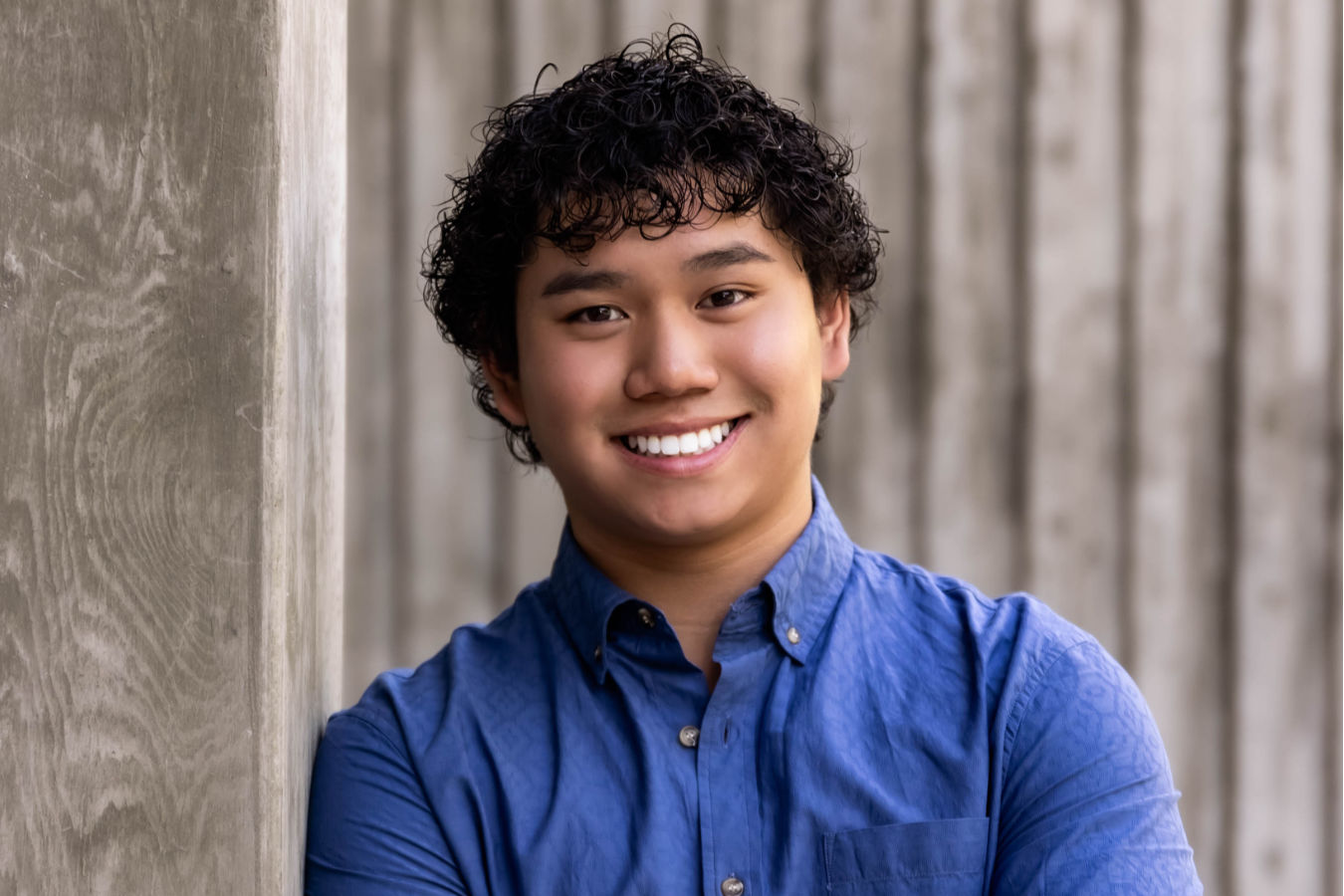
Dentofacial Orthopedics
You may have noticed that Dr. Johnson specializes in “Orthodontics and Dentofacial Orthopedics.” While most people have heard of orthodontics, many are confused by the “dentofacial orthopedics” part of the title. We can explain!
Every orthodontist starts out in dental school. Upon completion of dental school, some graduates immediately go into practice as dentists. Others choose to pursue a dental specialty, which requires additional schooling during a two to three-year residency program. There are nine specialties sanctioned by the American Dental Association. Some you are likely familiar with are:
- Pediatric Dentistry (dentistry for children)
- Periodontics (dentistry focusing on the gums)
- Oral Surgery.
One of the nine specialties is “Orthodontics and Dentofacial Orthopedics.” You probably know that an orthodontist straightens teeth, and indeed: “ortho” comes from the Greek for “straight” or “correct,” and “dontic” from the Greek for “teeth.” But what about dentofacial orthopedics? “Dentofacial” is “teeth” plus “face” while “ortho” again means “straight” and “pedic” is from the Greek for “child.”
Essentially, while orthodontics entails the management of tooth movement, dentofacial orthopedics involves the guidance of facial growth and development, which occurs largely during childhood. In both cases, appliances are frequently used — the more familiar braces for orthodontics, and other specialized appliances like headgear and expanders depending on what facial abnormalities are present. Sometimes orthopedic treatment may precede conventional braces, but often the two are accomplished at the same time. So if your child gets braces and headgear, he’s undergoing orthodontics and dentofacial orthopedics!
Because Dr. Johnson is skilled in both areas, he is able to diagnose any misalignments in the teeth and jaw as well as the facial structure and can devise a treatment plan that integrates both orthodontic and dentofacial orthopedic treatments.

Surgical Orthodontics
Just as orthodontics repositions teeth, surgical orthodontics (also known as orthognathic surgery) corrects jaw irregularities to improve the patient’s ability to chew, speak, and breathe and for improved facial appearances. In other words, surgical orthodontics straightens your jaw. Moving the jaws also moves the teeth, so braces are always performed in conjunction with jaw correction. This helps make sure teeth are in their proper positions after surgery.
Your orthodontist will consider surgical orthodontic treatment for non-growing adult patients with improper bites and those with facial aesthetic concerns. Jaw growth is usually completed by age 16 for girls and 18 for boys. All growth must be completed before jaw surgery can be performed. However the pre-surgical tooth movements can begin one to two years prior to these ages.
During your orthodontic treatment, which usually lasts 6–18 months, you wear braces and will visit your orthodontist for scheduled adjustments to your braces. As your teeth move with the braces, you may think that your bite is getting worse rather than better. However, when your jaws are placed into proper alignment during orthognathic surgery, the teeth will then fit into their proper positions.
Surgery is performed in the hospital with an oral surgeon, and can take several hours, depending on the amount and type of surgery needed. In lower jaw surgery, the jawbone behind the teeth is separated and the tooth-bearing portion is moved forward or backward, as needed. In upper jaw surgery, the jaw can be repositioned forward or backward, or the jaw can be raised or lowered. Certain movements may require the jaws to be separated, with bone added/removed to achieve the proper alignment and stability. Other facial bones that contribute to alignment may also be repositioned or augmented.
When you have completed surgery, you should be able to return to school or work within two weeks. After the necessary healing time (about 4–8 weeks), your orthodontist “fine-tunes” your bite. In most cases, braces are removed within 6–12 months following surgery. After your braces are removed, you will wear a retainer to maintain your beautiful new smile.
Impacted Canines
An impacted tooth is a tooth that is blocked or “stuck” underneath the gum line, and does not erupt into its correct position on its own. Most often, an impacted tooth will be a third molar, or wisdom tooth, though it is a common occurrence in canine teeth as well. Canine teeth are located at the corners of the arch, next to the incisors. They have one pointed edge (cusp) which is used for holding, grasping, and tearing food. Because of the canine’s long root, they are very strong, stable teeth. Canines are usually the last teeth to erupt, and usually do so when your child is around the age of 12 or 13.
The American Association of Orthodontists recommends that children have an orthodontic examination by the age of seven, which allows us the opportunity to monitor your child’s teeth eruption and detect impactions early.
If your child does develop an impacted canine, a simple surgical procedure is recommended to assist the eruption of the tooth. We will surgically expose the tooth by cutting a small flap in the surrounding gum. After the tooth is exposed, we will either leave the tooth to erupt on its own, or attach an orthodontic bracket to the tooth to help guide its descent.
With early detection and combined surgical and orthodontic treatment, impacted canines can be allowed to erupt and/or be guided to the most ideal position in your child’s mouth.

Common Appliances
Our range of orthodontic appliances extends beyond traditional braces. We offer everything from clear aligners for discreet teeth straightening, to space maintainers for younger patients, and palatal expanders for correcting jaw alignment. Each appliance plays a vital role in creating beautiful, healthy smiles.
Wearing elastics (or rubber bands) improves the fit of your upper and lower teeth. Wear rubber bands as instructed, and remember that the rubber bands work far more efficiently if they’re worn as prescribed.

The Forsus Fatigue Resistant Device is an alternative to headgear which promotes growth in adolescents, helping to eliminate excessive overbites, improve the fit of teeth, and possibly prevent the need for jaw surgery.
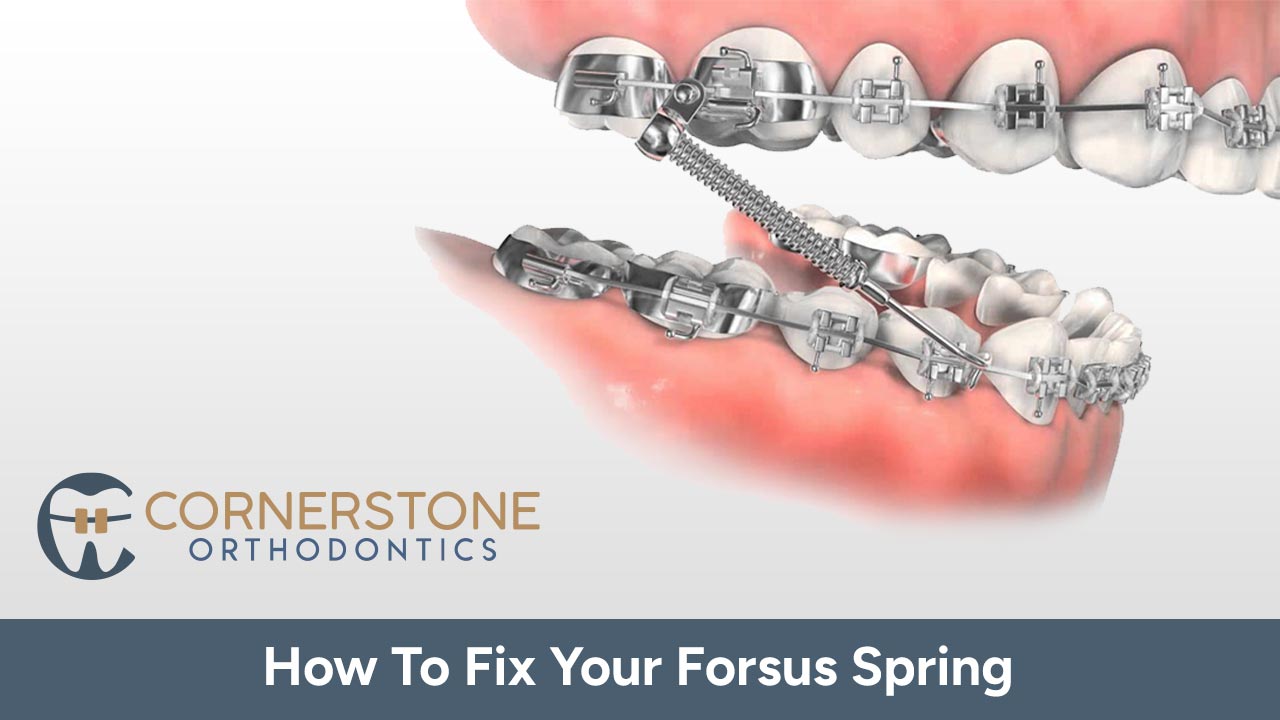
The palatal expander “expands” (or widens) your upper jaw by putting gentle pressure on your upper molars each time an adjustment is made. Your orthodontist will instruct you about when and how to adjust your expander. When you achieve the desired expansion, you will wear the appliance for several months to solidify the expansion and to prevent regression.
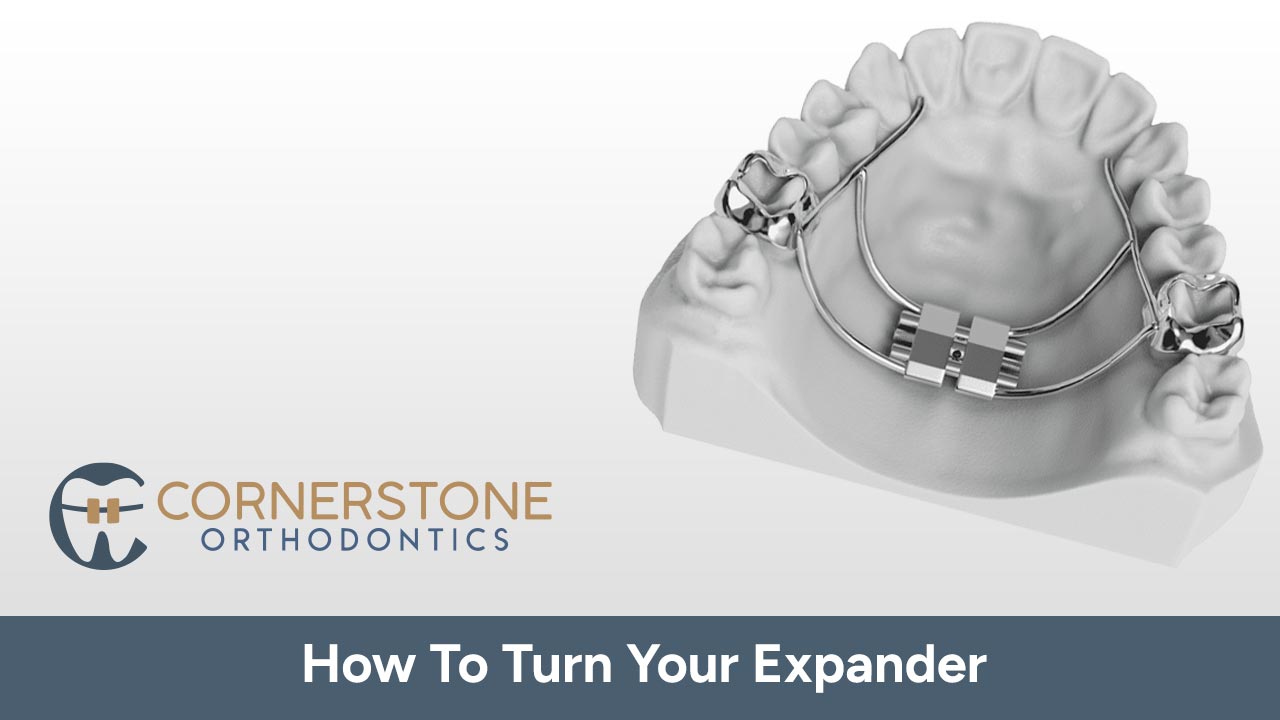
Retainers may be removable or fixed. They hold your teeth in their new, correct positions after your teeth have been straightened. Your orthodontist will instruct you on how to care for your retainer and about the duration of the wear. Wearing your retainer as directed is crucial to prevent regression of your treatment.
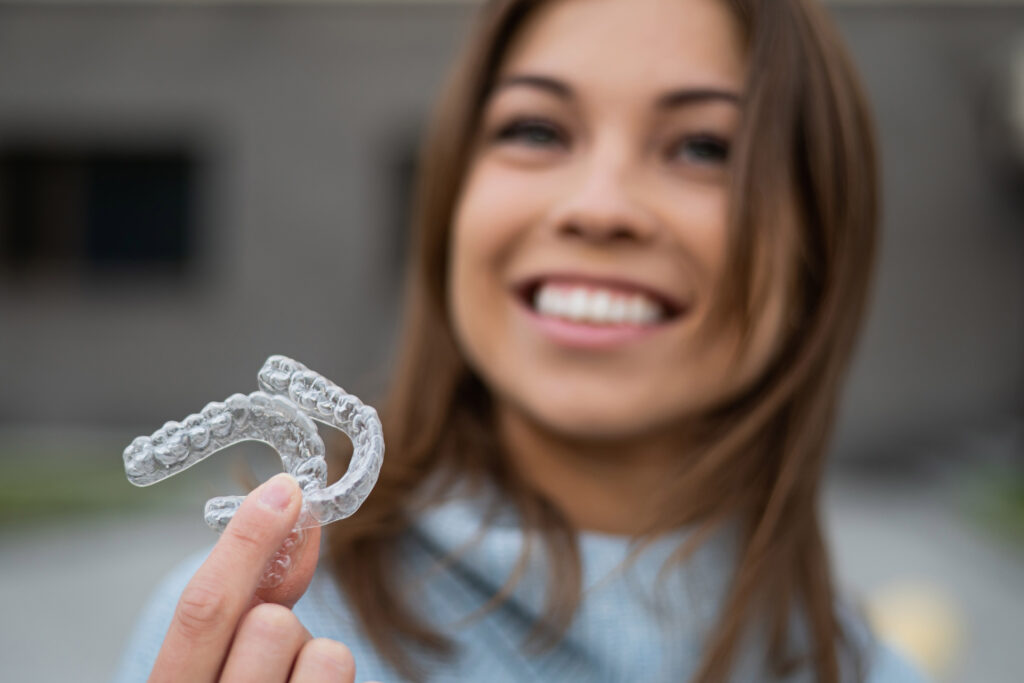
Separators are little rubber doughnuts that may be placed between your teeth to push them apart so that orthodontic bands may be placed during your next appointment. The separators will be removed before we place the bands. Separators do not mix well with sticky foods, toothpicks, or floss.



